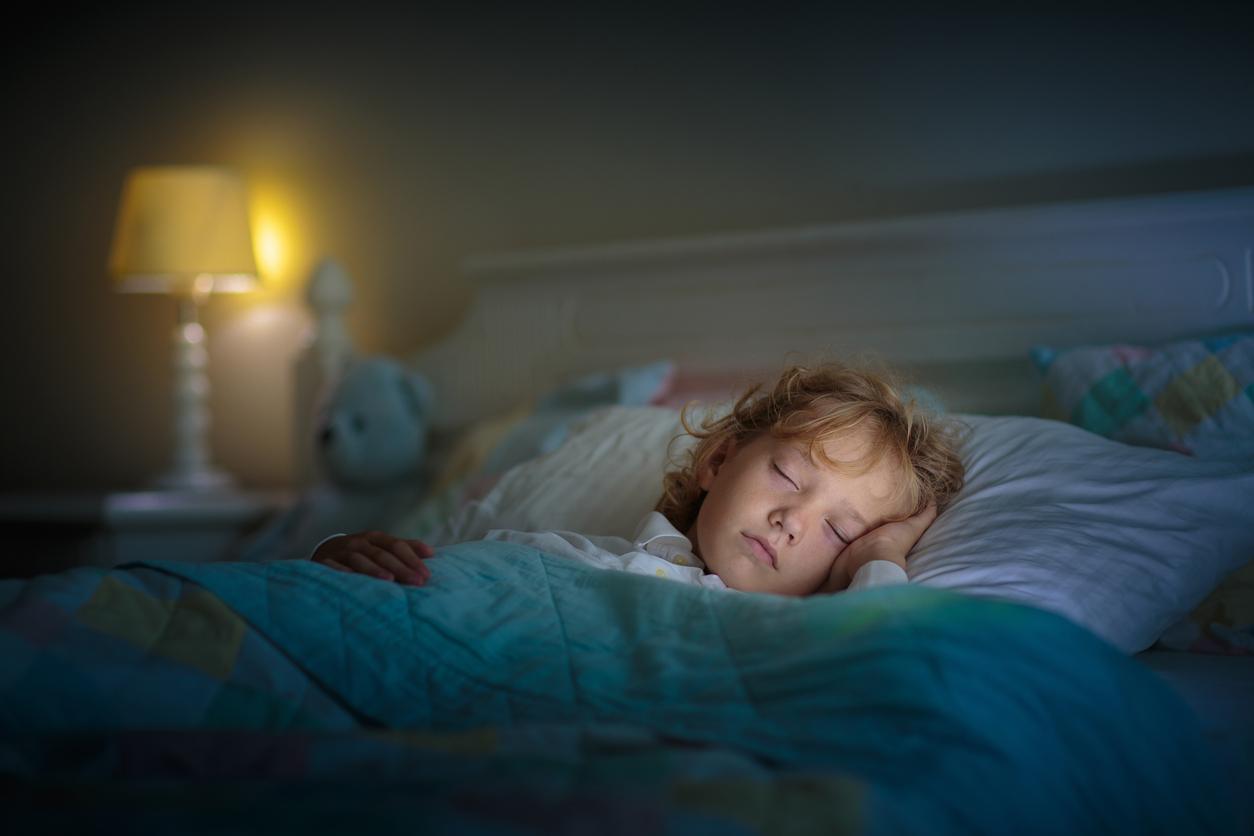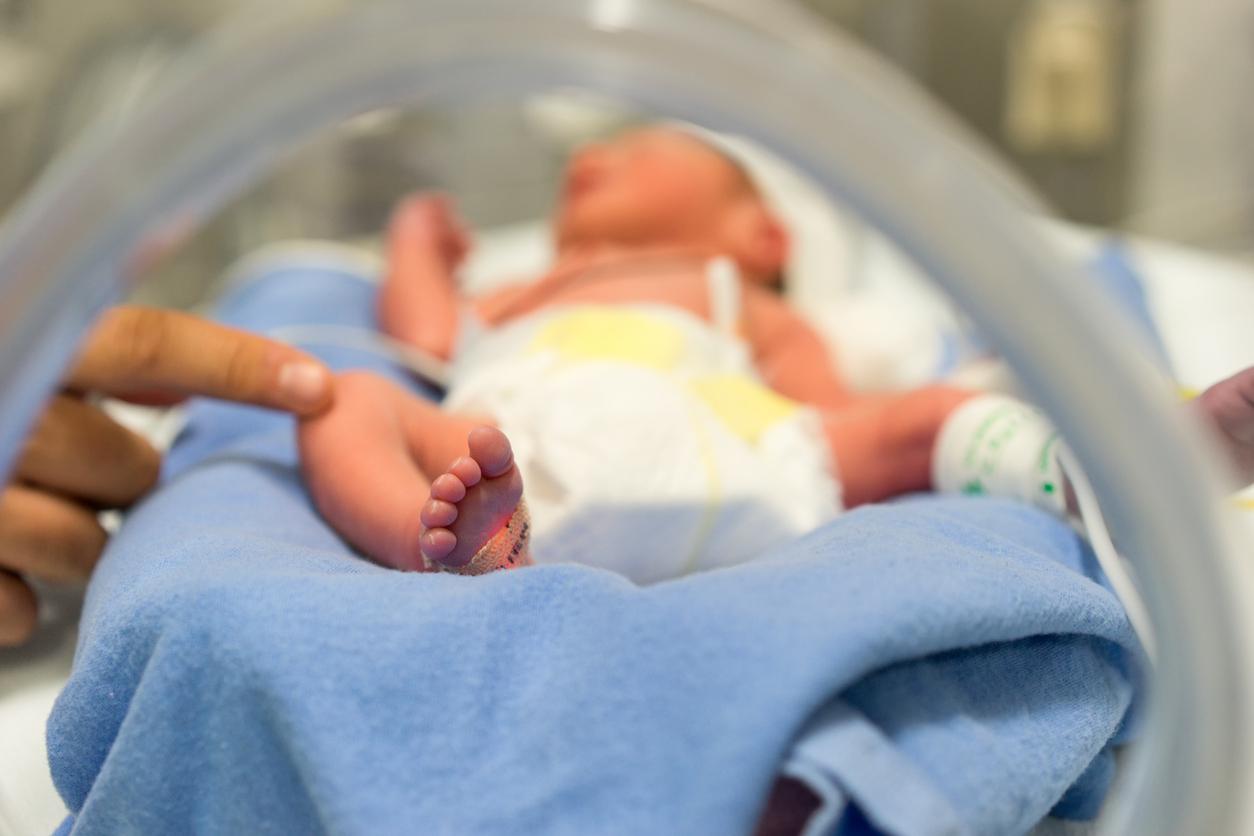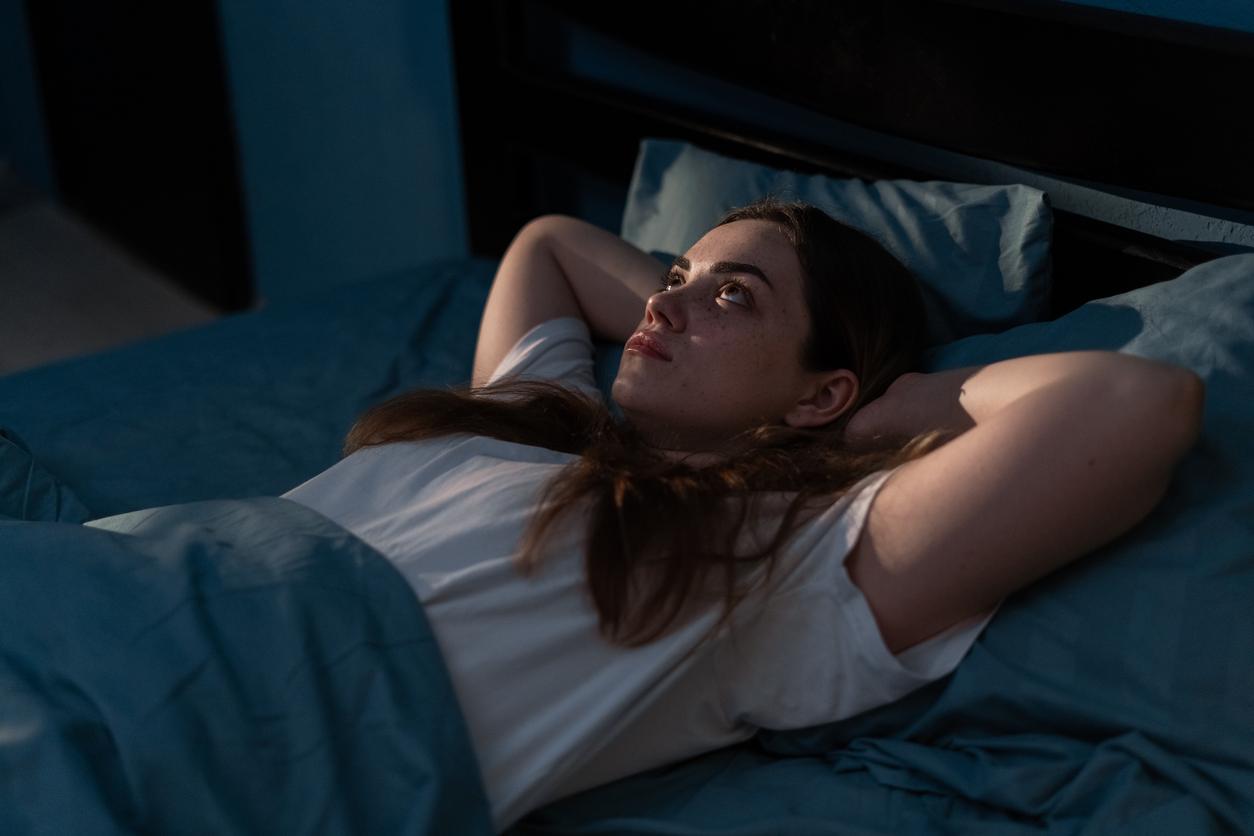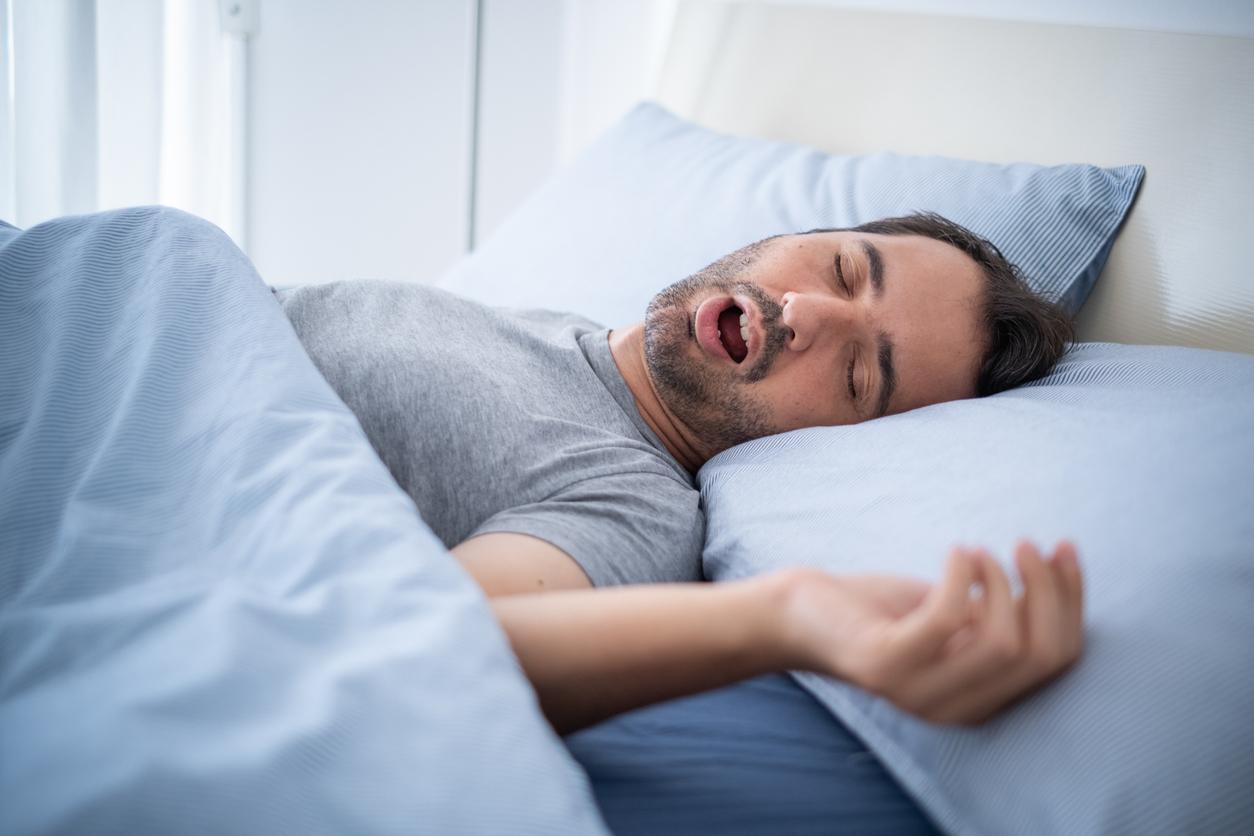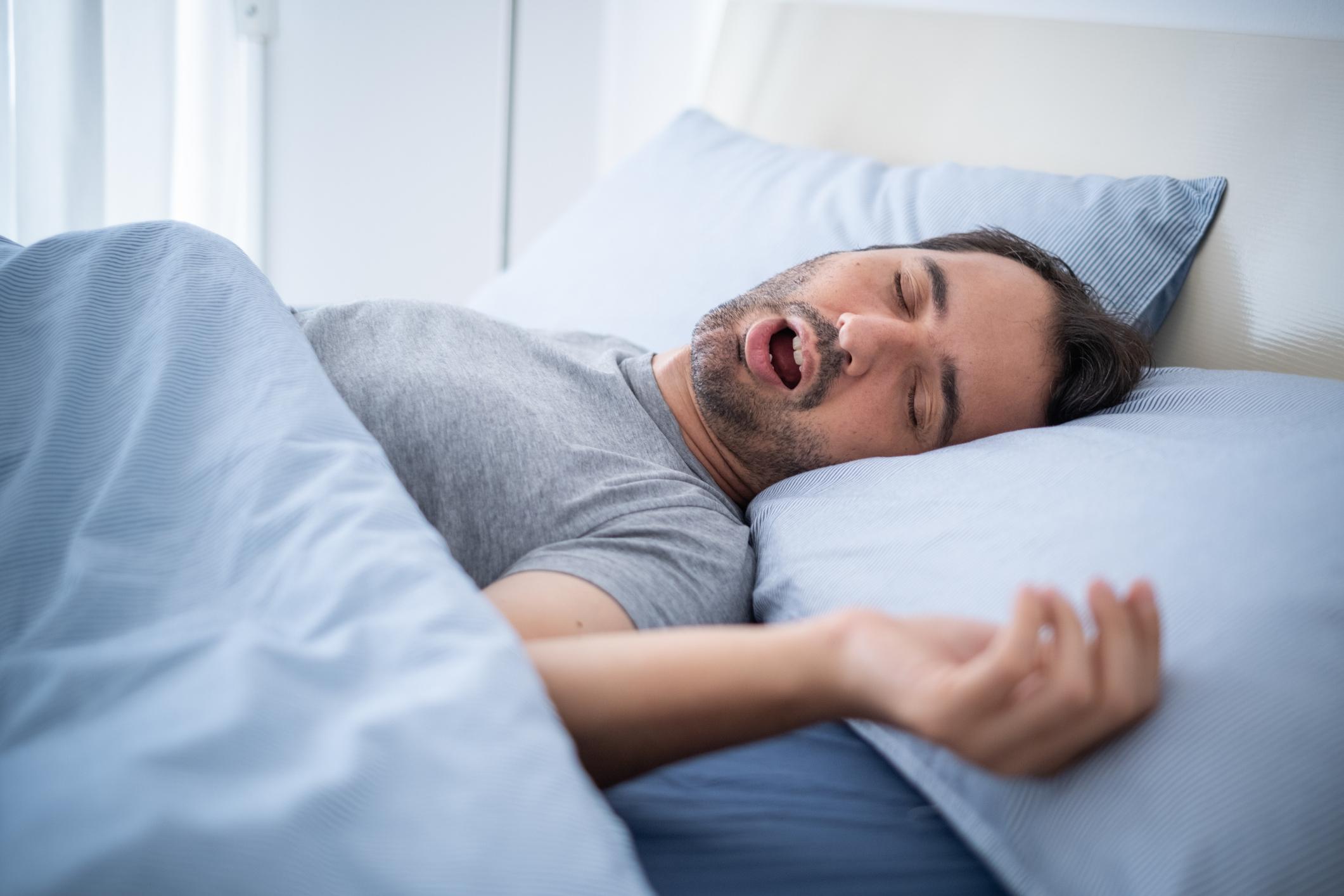Sleep apnea, or obstructive sleep apnea-hypopnea syndrome (OSAS), is associated with low bone mineral density in adults, according to a new study.
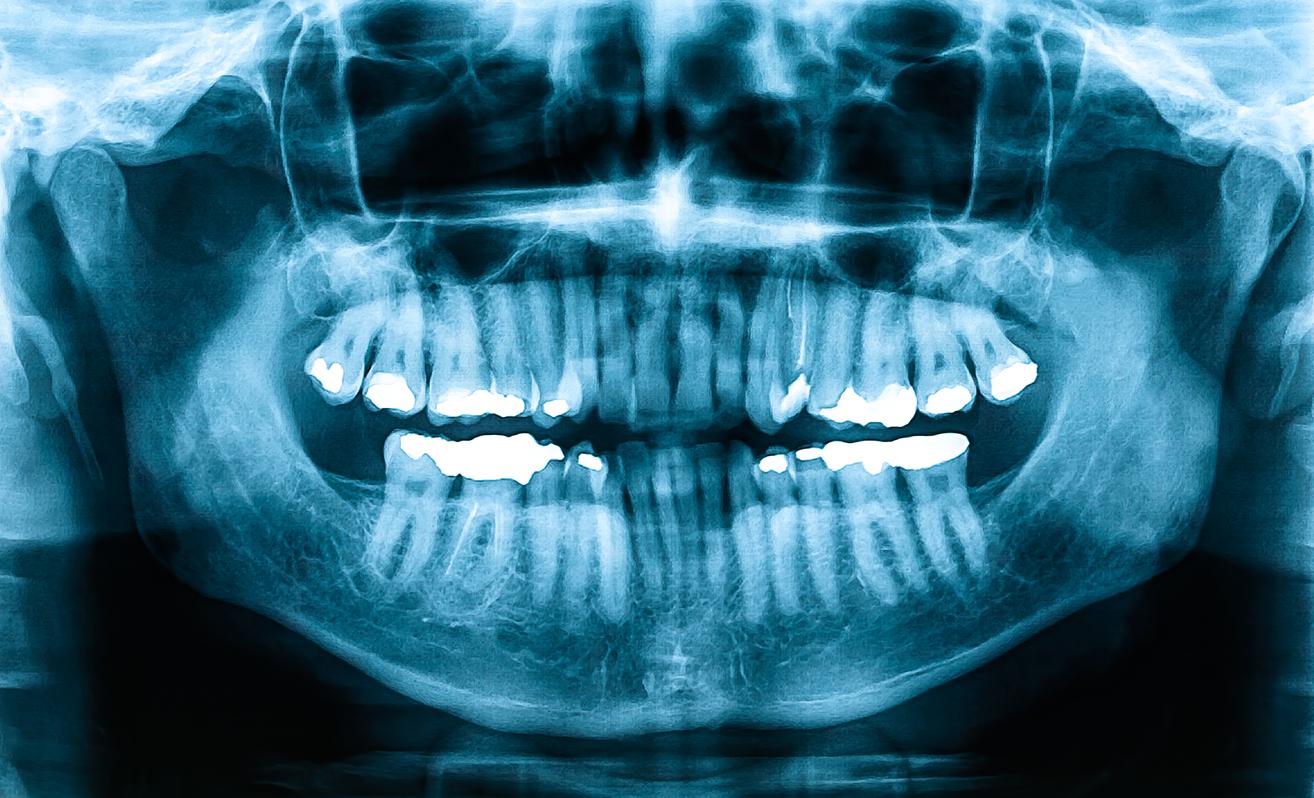
- In France, sleep apnea affects 2 to 5% of the adult population, which represents 1 to 3 million patients, according to the Haute Autorité de Santé.
- It results in partial or complete obstruction of the airways during sleep and in the cessation of breathing several times a night.
- This condition can manifest as loud snoring, gasping, choking, and daytime sleepiness.
Could sleep apnea increase the risk of developing osteoporosis? This is according to recent research conducted by the University of Buffalo (UB) in the United States, published in CRANIO: The Journal of Craniomandibular and Sleep Practice. Since, according to the researchers’ results, sleep apnea, also called obstructive sleep apnea-hypopnea syndrome (OSAS), is linked to low bone mineral density in adults, which is an indicator of osteoporosis, a bone disease in which the bones become weak and brittle. In addition to increasing the risk of fractures, low bone mineral density also impacts oral health, causing teeth to loosen and dental implants to fail.
Sleep apnea: what consequences on health?
To reach this conclusion, the researchers used cone-beam computed tomography (CBCT), a type of X-ray, to measure bone density in the head and neck of 38 adult participants, half of whom suffered from sleep apnea. . Volunteers with sleep apnea had significantly lower bone mineral density than participants without the condition.
Sleep apnea, which is characterized by difficulty breathing during sleep, can cause hypoxia (low oxygen levels in the body), inflammation, oxidative stress, and shortened breathing patterns. Each of these symptoms can have a chronic negative effect on bone metabolism and, ultimately, bone density, the study authors explain.
“Several Implications for Orthodontic Treatment”
“Although the link between obstructive sleep apnea and low bone mineral density has not yet been fully explored, this study offers new evidence on their link that could have several implications for orthodontic treatment”said lead author Thikriat Al-Jewair, an associate professor of orthodontics at the UB School of Dental Medicine, in a communicated.
“If a patient has been diagnosed with sleep apnea, this can influence treatment planning and management. CBCT imaging has become an integral part of daily orthodontic practice and could be used as a screening tool for low bone mineral density”, she added. According to the researcher, “Orthodontists could then inform their patients of their propensity for low bone mineral density and encourage them to consult their doctor further.” However, future research with larger sample sizes is still needed to confirm these results.









